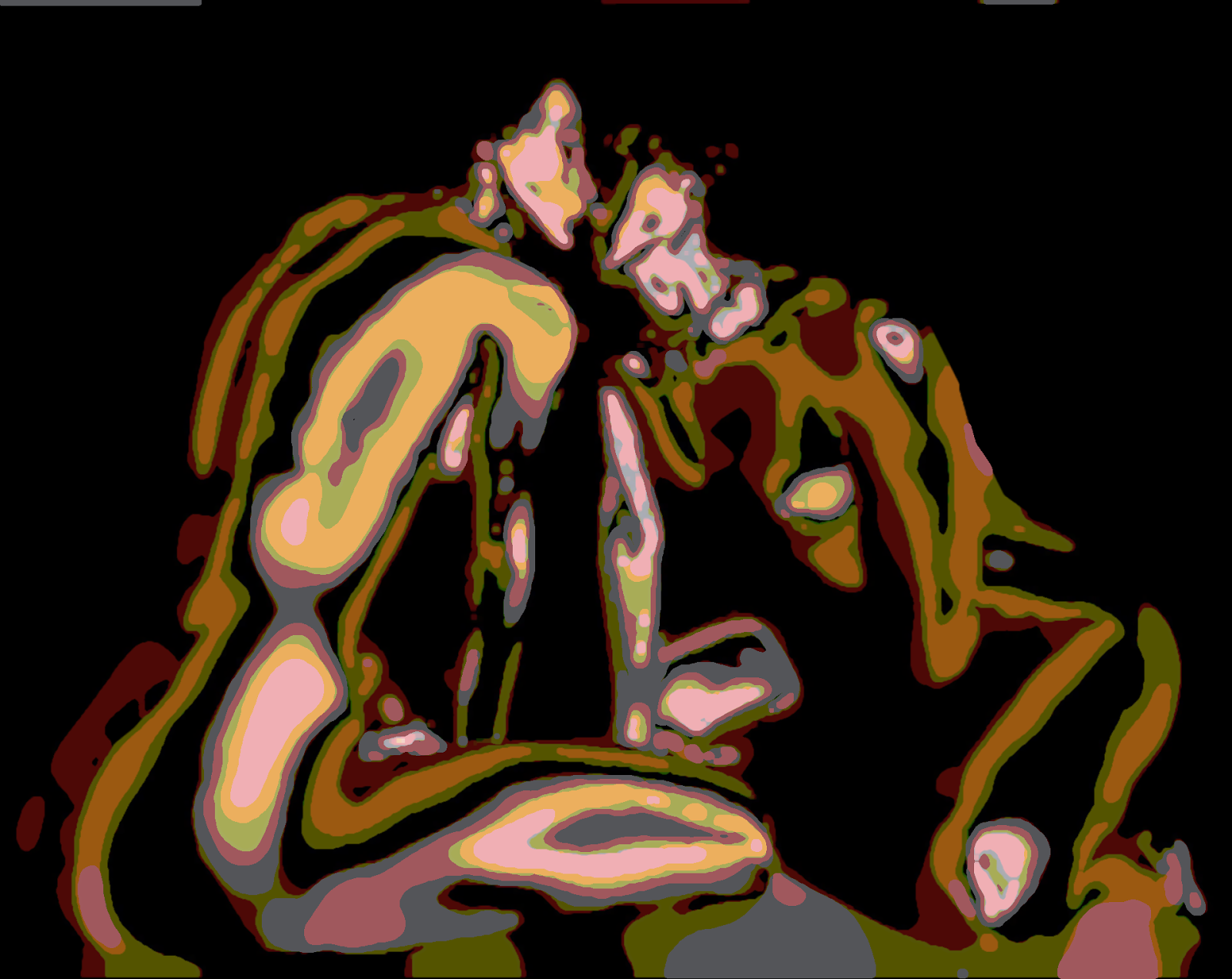Many of my readers will be filled with horror, shame and anger at the events of last weekend (The George Floyd murder in Minneapolis). My heart resonates with the feelings of those of you who feel this way. The sheer helplessness we feel must be nothing compared with the panic that foreigners to this country must feel; at least those of them who have been attracted to the sentiment of a majority of Americans: empathy with the underdog, and with all those who suffer.
You may have read that I'm working on another segment of the Helen story; it set out to be a simple, even an idyllic, description of the lives of those in Helen's extended family. Half of them, at least, are foreign, including Helen's beloved. How am I to describe their lives after Helen and Sita timidly declare their love for each other? How can anyone describe the slowly deteriorating environment in which Helen, her lover, and her several children, and her fearful friends try to settle into any sort of normal life?
I have made a strategic mistake of making all most of the protagonists in the Helen stories to be white; this makes it impossible to represent the racial dimension of the problems they face. There is a little Indian girl (Alicia) who belongs to the group of kids who play in the dead-end in which Helen's home is located. For the sake of brevity, I even omitted the few paragraphs in which I described her. What sort of author am I? I stuck to comfortable themes of music, and alternate orientation, and amnesia; only departing from them to make a brief sortie into prostitution--a very shallow look at it; narcotic addiction; the setbacks of being placed on suspension from college, and so on. But circumstances are making it impossible to write something light-hearted and shallowly satisfying to essentially be a coda for the series. The personalities which have already been established for Helen's friends, and her children, will not allow them to be mere spectators of the heartrending scenes they are likely to witness, in this story set in our present day. How can they not take sides? How can I suddenly change the lyrical mood of this book to reflect the gruesome reality of these simultaneous crises of epidemic, economic depression, racial violence--very likely incited by cynical provocateurs, and wrong-headed political leadership?
Kay
P.S.: There seems to be very little evidence that there were provocateurs. --K
 Helen at Westfield was a story that had a lot of simple living packed into it. Helen had got her first real full-time teaching job at a small four-year college, and I found myself presenting it as a lot of fun.
Helen at Westfield was a story that had a lot of simple living packed into it. Helen had got her first real full-time teaching job at a small four-year college, and I found myself presenting it as a lot of fun.


